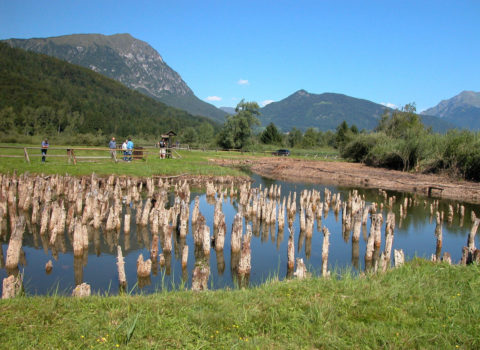
More maps for everyone
The "Trento Time Travel Maps" project of the FBK Digital Society Center provides citizens with a series of urban maps to understand how the city has changed from the 19th century to today
“Everything, or almost everything, was inspired by an initiative of the New York Public Library, which several years ago created” Space Time “, a project that allows us to visualize the changes in the Big Apple over the decades and centuries.”
Speaking is Maurizio Napolitano of the Digital Society Center in FBK, who continues as follows:
“After finding a map by Cesare Battisti that represents the city as it was in 1915, I was fascinated by the idea of taking something analog (a map on paper) and transforming it into a digital tool at the service of knowledge,”
The application, in fact, allows you to view through a time bubble how the city was at that precise point over decades or even centuries ago.
This tool therefore allows not only to scrutinize the city through historical maps, but also to understand the reason for the names of some streets, their evolution with respect to the surrounding urban context of yesterday and today.
This is the case, for example, of the small but significant Vicolo del Nuoto di Trento, so named due to the fact that a century ago there was a swimming pool in the immediate vicinity.
Thanks to the historical sedimentation of urban maps, it is also possible to discover and follow the ancient course of the Adige River, along the current Via Torre Verde, which characterized the city until its deviation in 1858.
The application also allows you to consult unpublished maps, such as the 1943 one created by the United States government in view of the intervention during the Second World War.
However, the “Trento Time Travel Maps” project presents itself not only as a web portal to dive into the city’s past, but also as an open device whose development is accessible to all, demonstrating the commitment of the FBK Digital Society Center to provide people with the best tools to fully understand the past and therefore also the near future of the society in which we live.





